Encyclopaedia of Indian Temple Architecture: Volume 2, Part 1: North India Foundations of North Indian Style C.250 B.C - A.D. 1100 (In 2 Volumes)
Synopsis
The goal of the Encyclopaedia of Indian Temple Architecture, sponsored by the American Institute of Indian Studies, has been to survey and to organize by style, with technical descriptions, that vast body of monuments constructed between c. A.D. 400 and the 18th Century in India to serve India's symbolic and religious needs. Volume I, of which two parts have already been published, deals with the Dravida temples of South India. Volume II, of which this set constitutes the first part, documents Nagara temples in North India 'with extensions of this typical curvilinear type into the Deccan' as well as other temple forms that contribute to North Indian style. This set explores the early foundations of North Indian form, beginning with a review of pre-Gupta evidence. It covers Gupta experiments in brick and stone; important recent discoveries of Vakataka temple-remains; evidence for architectural form from Western Ghat caves; and early brick structures of both Hindu and Buddhist affiliation in eastern India. A tradition of small mandapika pandals in Central India 'first roofed by only simple altar-like superstructures above lithic pavilions' that ranges in date from the sixth to the early tenth century is documented in its entirety, as is the tradition of pent-roof stone structures typical of Kashmir. Early lithic experiments in Surastra and Malava; dated examples from the seventh century as widely separated as Rajasthan, Bihar, and Andhra; developed Latina Nagara temples in Central India, Orissa, and the Deccan; as well as brick temples of the same period in Magadha and Daksina Kosala are analysed. Dynasties patronizing these temples include Maitrakas, Garulakas, Capotkatas, Panduvamsis, Nalas, Sailodbhavas, and Calukyas. The Latina style of North India 'one of the most effective uses of architectural form for a symbolic function in the history of world art' has its roots and first flowering in this period. Its subsequent development will be documented in following parts of this Encyclopaedia. 158 text figures giving temple plans, elevations, and sections, many previously not published; 778 black-and white plates; 15 maps; a quick Reference Glossary of technical vocabulary; and a Site Index are included. Drawings and photographs have been prepared especially for this volume by the AIIS Centre for Art and Archaeology, Varanasi.
Read more
337.50
303.75
$
375.00 $
Free delivery Wolrdwidе in 10-18 days
Ships in 1-2 days from New Delhi
Membership for 1 Year $35.00
Get it now and save 10%
Get it now and save 10%
BECOME A MEMBER
Books by the same authors

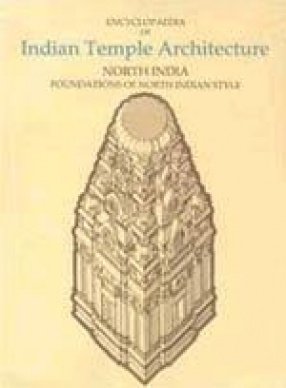

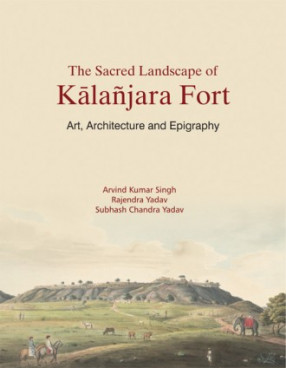
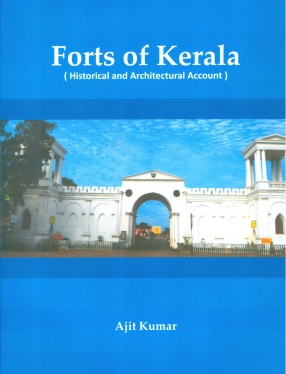
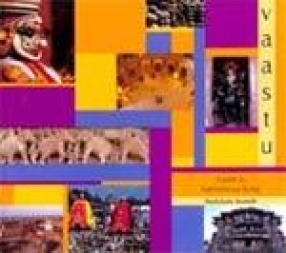
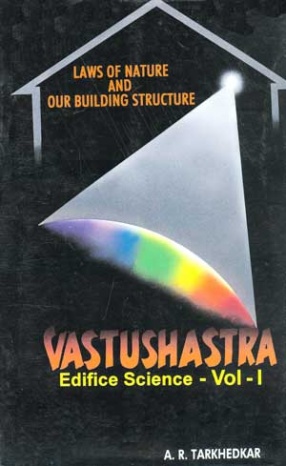

Bibliographic information
M Bose
M A Dhaky
Michael W. Meister